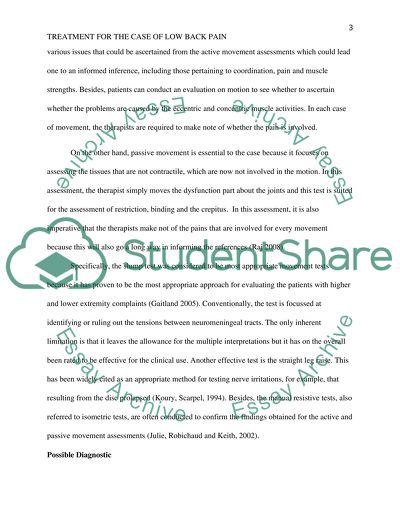Cite this document
(“The case study of the Low Back pain: Assessment and Treatment Report Essay”, n.d.)
Retrieved from https://studentshare.org/health-sciences-medicine/1477819-a-case-study-on-lower-back-pain
Retrieved from https://studentshare.org/health-sciences-medicine/1477819-a-case-study-on-lower-back-pain
(The Case Study of the Low Back Pain: Assessment and Treatment Report Essay)
https://studentshare.org/health-sciences-medicine/1477819-a-case-study-on-lower-back-pain.
https://studentshare.org/health-sciences-medicine/1477819-a-case-study-on-lower-back-pain.
“The Case Study of the Low Back Pain: Assessment and Treatment Report Essay”, n.d. https://studentshare.org/health-sciences-medicine/1477819-a-case-study-on-lower-back-pain.


